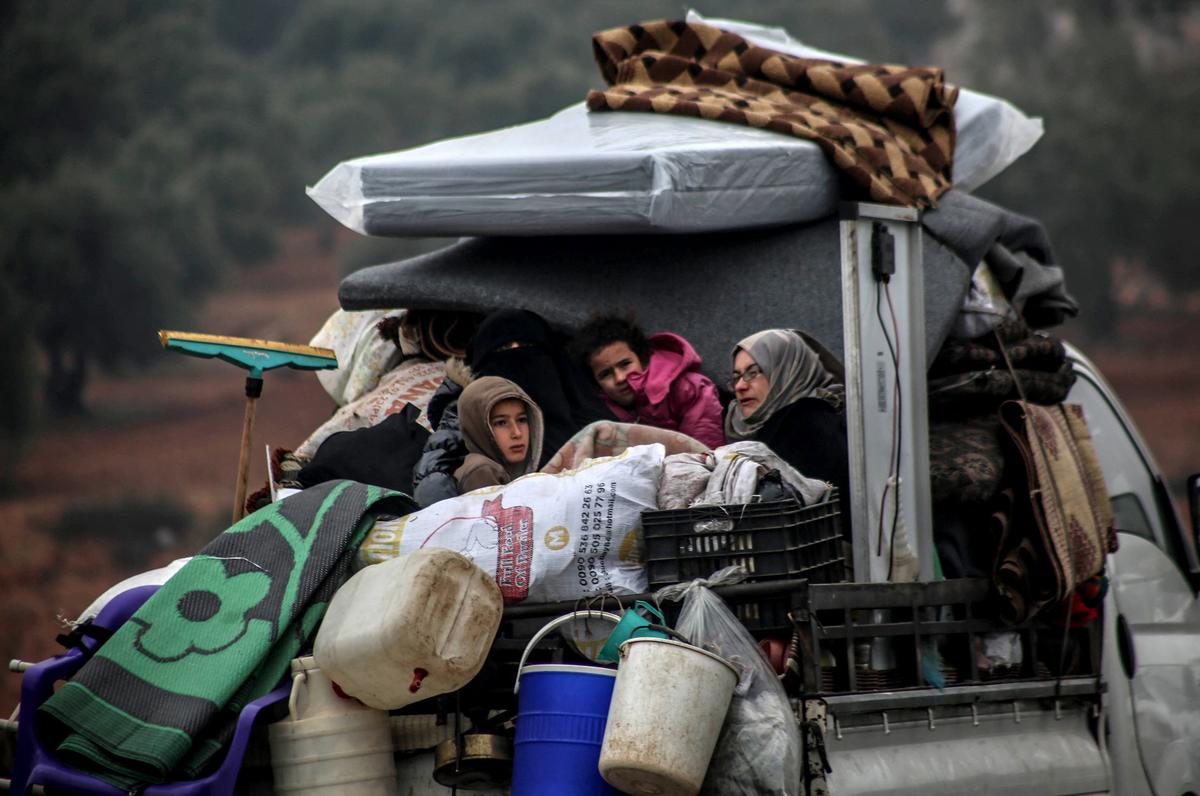Famine forces Somali granny and her children on a long trek for food
Famine forces Somali granny and her children on a long trek for food

GALKAYO, Somalia, July 25 (UNHCR) - Nuuriya's bloodshot, sunken eyes and scarred soles bear testimony to a long and arduous journey, one that the Somali grandmother can't get out of her mind.
The 55-year-old chuckled nervously while talking to UNHCR visitors in the sanctuary of the north-central Somalia town of Galkayo, clearly disoriented by her new "home." Nuuriya, accompanied by her five children and two grandchildren, took a fortnight to reach Galkayo from her parched village.
"We arrived In Galkayo yesterday from our home in Daafeed village in Lower Shabelle region [central Somalia], where we were farmers and kept livestock. The drought kept getting worse but we decided to persevere, hoping that things would one day change," Nuuriya said. "But as our hopes increased, our livestock died one by one, until there were none left. The little food we had stored quickly ran out . . . We just had to move."
The widow and her family walked for three hours towards a bus terminal in the town of Afgooye, some 30 kilometres west of the Somali capital of Mogadishu. En route, they managed to hitch a lift aboard a lorry carrying oxen to Galkayo, where Nuuriya knew nobody.
"We had no food or water. The little ones kept on crying for something to eat and we had to depend on well-wishers for our daily meal," she recalled of the pummelling 600-kilometre journey. "We didn't have much to carry aside from our clothes, bedding and a few utensils. I feel very helpless because I have nothing left."
Once they arrived in Galkayo, the family made their way to the Bulo Kontrol settlement for internally displaced people (IDPs). There are now an estimated 60,000 IDPs staying in 21 settlements in Galkayo.
Nuuriya admitted that she was worried about the future. "I don't have an alternative to this life; it's all I know," she said. "I know I must become tough and work harder for my children. I'm all they've got."
The drought that forced Nuuriya to flee her home has also disrupted the lives of tens of thousands of her compatriots, many of whom have fled to neighbouring Kenya and Ethiopia in recent weeks.
The United Nations earlier this month declared a famine in southern Somalia's Bakool and Lower Shabelle regions - Nuuriya's home area. It is reportedly the first time that the country has seen famine in 19 years.
Years of conflict, the absence of rains and the related hike in food prices has left almost 3 million people in desperate need of humanitarian aid. Many people, such as 65-year-old Maryan, have had to walk for hundreds of kilometres to reach areas where they can find security and food.
Maryan walked with her seven children and two grandchildren from her village in Abudwak district of central Somalia's Galgadud region.after drought that nearly wiped out their livestock.
It took them two months to reach Galkayo, punctuated by numerous stop overs with host families along the way. She and her family now live in a tiny makeshift shelter in the town's Halabokhad IDP settlement, hoping for some respite in their suffering.
"We were animal herders with almost 200 goats and 70 camels," she said. "My family and I arrived here three months ago with only five goats and two camels, having lost all the rest. The rains should really come or else we will all perish."
The number of drought-displaced families arriving in Galkayo from southern Somalia has been rising in recent weeks, with around 660 people arriving in June alone, according to figures compiled by a network of UNHCR's partners. Most end up begging in the streets.
Grace Mungwe, UNHCR's head of office in Galkayo, said that most of the new arrivals are women and children in a desperate physical condition. "It is imperative that support to mobilize resources to assist these people, and those that are on their way here, is received," she added.
UNHCR is stepping up assistance inside Somalia with a series of aid distributions in central and southern parts of the country. Despite access challenges, the refugee agency's local partners have distributed aid packages to some 100,000 people in south-central Somalia. More distributions are scheduled.
Decades of conflict and the current drought has driven almost 800,000 Somali refugees to seek shelter abroad. In addition, nearly 1.5 million Somalis are displaced within their own country.
By Faith Kasina in Galkayo, Somalia












